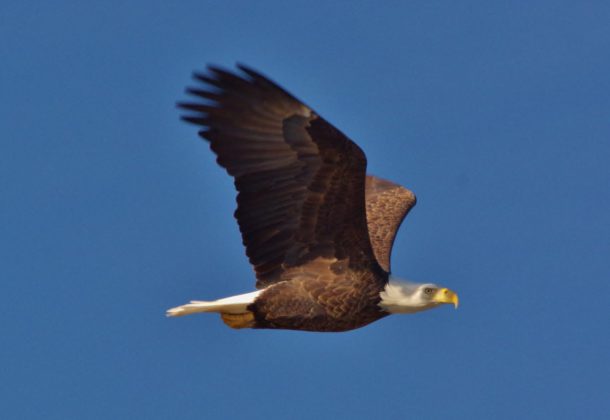Jelly Fish & Others Winter in the Chesapeake

Photo by Laura Hammett
Message from the Cap’n is a compilation of fishing advice, waterman and weather insights, Chesapeake lore, and ordinary malarkey from the folks who keep their feet wet in the Potomac and St. Mary’s rivers.
From the Interpretive Buoy System: The lower Potomac water temperature is 41.5 degrees F and the salinity is 18.2 parts per unit.
Jelly fish are inhabitants in the Chesapeake Bay year-round.
Winter nettles: Sea nettles are in the Chesapeake year-round; they encase themselves by rolling up in a ball and then lay dormant on the bottom of the bay during the winter. During the spring they break apart when salinity and temperatures rise and grow to adults.
The nettles that we see now in the St. Mary’s River and Breton Bay have a reddish hue to them and, though numerous, are small in size.
Jelly fish do not digest oyster larvae, they pass the larvae through their system unharmed. Helping oysters even more, they do eat Comb Jellies that prey on oyster larvae.
Summertime remedies for dealing with sea-nettle stings include rubbing with sand, meat tenderizer, and urine, and rinsing with fresh water. When fishing crab pots, watermen take a small can of evaporated milk along. If a sea-nettle stinger gets flipped into an eye, the milk will neutralize the sting.
Some of the ducks that visit the lower Potomac and its tributaries in the fall and winter include:
Buffleheads, locally called “dippers,” are usually the first ducks to arrive. They fly like they are in a playful mood.
Common Goldeneye, or “whistler,” is the smartest duck we try to hunt in Southern Maryland.
Ruddy, also known as “iron-head,” gets its local name because it is hard to kill.
Scaup, or “black-head,” is usually a visitor after the hunting season goes out. Scaups gather in massive flocks.
Common loon migrate through the Chesapeake Bay in the spring and are great fishers.
Bald eagles are also here year-round:
Bald eagles protect about a mile of shoreline or territory. They nest in the winter and have a varied diet. Here is a video of a bald eagle hunting a mallard for dinner.
We see them more in the fall and winter after the osprey have left to overwinter in South America, simply because eagles and ospreys get along like the Hatfields and McCoys. Bald eagles often perch in vacated osprey nests and have been known to take nesting material from those nests and use it in their own nests.
An interesting scenario in St. Mary’s County takes place on fields across from Third Base in Loveville, Maryland, where a deer processor spreads ground carcasses. Eagles are early risers and are the first to locate the feast. They’re followed by the buzzards who come later in the morning. Just the sound of the grinder alerts the eagles, sometimes drawing as many as 30 eagles feasting early in the morning.
Till next time,
Remember “It’s Our Bay, Let’s Pass It On”
Capn Jack
240-434-1385




















